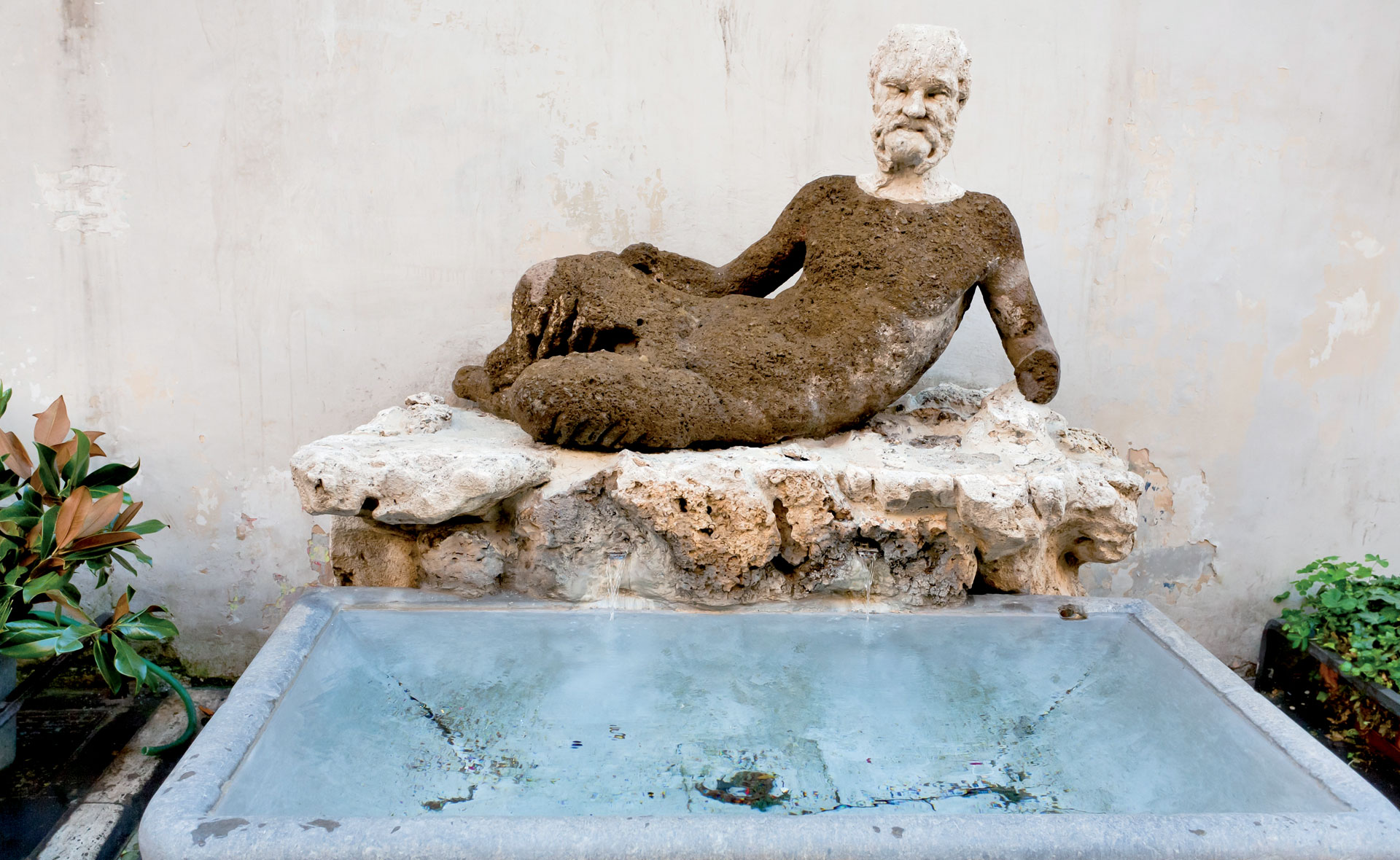Twinned with New York’s elegant Madison Avenue, it is the perfect place for those who want to enjoy a romantic walk and the coolest shops around.

Interwoven with history, art and shopping, Via del Babuino connects Piazza di Spagna with Piazza del Popolo and forms the Tridente, together with Via del Corso and Via di Ripetta. The street has often changed its name over the centuries depending on which pope was paying attention to it at the time. In 1525 it was called Via Clementina, in honour of Pope Clement VII, then, around 1540, it became Via Paolina, in homage to Pope Paul III. The name it bears today is linked to popular imagination, however. In the second half of the sixteenth century, a public fountain (which is still present) depicting a Silenus lying was placed in the street, which the Roman people nicknamed “babuino”. The sculpture is part of the capital’s six “talking statues”, to which the Romans entrusted anonymous invectives against the popes and rulers over the centuries.
Taking Via del Babuino from Piazza di Spagna, you immediately encounter one of the most famous brands in the realm of elegant, legendary jewellery, Tiffany & Co. With all the rings, bracelets, necklaces and brooches adorned with diamonds and precious gems, it will be difficult to leave the store without the unmistakable Tiffany Blue Box!
With this romantic spirit in mind, the building on the corner between Via del Babuino and Via Alibert cannot go unnoticed. It was once the home of Carolina, wife of the Prince of Wittgenstein, who lived with the composer Franz Liszt during a tumultous love affair. Although they were close to planning their wedding, the two lovers separated when the Pope prevented Carolina’s marriage from being annulled. Liszt took refuge in the Vatican and took the monastic orders, while Carolina locked herself in the house, waiting for her beloved in vain.
The walk continues, and so does the shopping. Innovative design and fresh style characterise the garments at Emporio Armani, while a concept of functionality is the heart of Chiara Boni’s brand La Petite Robe, which has redesigned the female silhouette with refined, versatile shift dresses. Gente Roma also deserves a stop, as it offers a sophisticated selection of products including clothing, shoes and accessories, combining luxury with the latest trends.
At the crossroads with Via dei Greci you can find the Canova Tadolini Museum-Atelier, with the Fontana del Babuino on its outer wall. You can enjoy a real cultural experience at the café-restaurant, which occupies what was once the studio of Antonio Canova and Adamo Tadolini, forefather of the family of sculptors. Inside, statues by Canova and Tadolini provide a setting for breakfasts and dinners, creating a unique atmosphere.
Next to the Canova Tadolini Museum-Atelier, we find the Church of Sant’Atanasio dei Greci, designed by Giacomo Della Porta and inaugurated in 1583. Intended for the Byzantine rite, it was commissioned by Pope Gregory XIII for the students of the Pontifical Greek College of Rome. Fun fact: the bell tower clock placed on the bell tower in 1771 does not face Via del Babuino but rather the Greek College. The works of art can be admired… and can also be worn on your wrist, like a watch.
Since 1794, Hausmann & Co., which is located in front of the Church of Sant’Atanasio dei Greci, has been the temple for the worship of the object, where you can find the best brands and top quality technical assistance. The luxury continues with Fratelli Rossetti, an Italian historical shoe factory that has always been inspired by a perfect balance between tradition and innovation, and by Canali, a “made in Italy” menswear brand that promises (and maintains) high-quality tailoring garments. The unusual Neo-Gothic architecture of the Anglican Church of Ognissanti comes as a surprise with its red bricks and stained glass windows. A visit inside it will allow you to enjoy a small piece of England in the heart of Renaissance Rome. The shopping opportunities continue, and for those who love unconventional jewellery, a stop at Dodo, the brand that has transformed 1 gram of gold into unique creations, is a must.
Before looking out over Piazza del Popolo, one of the most exclusive meeting places of the Capitoline, the Hotel de Russie also deserves a visit. There, you can take a break in the Piazzetta Valadier, with terraced gardens designed by the architect Giuseppe Valadier at the end of the eighteenth century, surrounded by palm trees, yew trees and white roses. The hotel also boasts of the De Russie Spa, a luxurious wellness centre. An aperitif, a brunch, a dinner or a regenerating stop in this enchanted place will be the perfect end to a walk through architectural beauty, moments of pleasure dedicated to shopping and rejuvenating visits to places with a unique flair.
